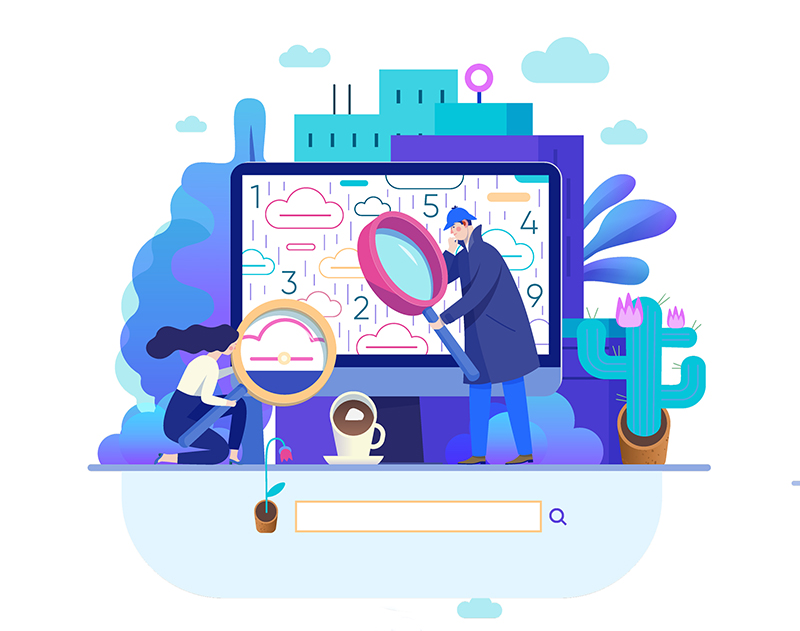Get ahead of the competition by mining your data
Collecting data can improve processes, productivity

Part I of this series provided an introduction to data mining/analytics as a source of enduring competitive advantage as well as an overview of useful, collectible data. In Part II, we’ll focus on examples of internal data analytics that fine-tune business performance (and the software systems that enable desired outcomes).
Many of you are already doing this on a small scale. Now might be the time to add deeper analysis to push your company farther ahead of your competitors.
Why market pressures are changing how we use data
In the flat glass, window, and door industry, the answer is everyone. You’ve likely been using supply and demand data (in-bound calls, website requests, order-entries, etc.), to inform decision making for a long time.
In fact, many companies have been doing things the same way for years…and succeeding. But market pressures are intensifying (e.g., industry consolidation, new competitors/lower barriers to entry, supply chain constraints, increased customer demands). New challenges require companies to adapt/improve in order to thrive.
Today’s underlying management challenge is transitioning to higher operating standards.
Prevent bottlenecks, lack of productivity through data
Do you recognize this scenario? Bottlenecks in a glass factory can delay orders, idle employees, frustrate customers, and/or disrupt the entire process, including costing you time and money. When you collect and analyze your data about a specific bottleneck (descriptive analytics), you can understand why the bottle neck happened (diagnostic analytics), predict what happens if the bottleneck persists (predictive analytics), and then develop a solution in order to mitigate the bottleneck (prescriptive analytics).
Or do you recognize this scenario? An employee armed with pen and paper wanders through the warehouse checking supplies. If supplies are low, the employee returns to the office inputting an order via telephone, email, or fax. Valuable time is lost jeopardizing delivery dates. This tried-and-true example is rife with need for automation and software. With some industry-specific software, you can track every lite, remnant, rack, order, etc. Tracking produces data, which then allows you to develop actionable plans to save time, improve order delivery, reduce costs, and thus increase customer service.
When run by humans, mistakes are inevitable. Sometimes the mistake is little and forgettable, but other times your company can be on the hook for a lot of money and wasted time. Software can help you identify areas of your business where you’re leaving money on the table, which can be more impactful. Software can aid your company in removing human error.
Smarter facilities mean more data
By collecting data on equipment and personnel locations/activities, you can employ reporting and analysis to gain valuable insights on peak traffic and also identify opportunities in individual schedules to increase efficiency.
For example, most industry-specific software solutions collect data at every point in the fabrication process from ideation to delivery. By utilizing this data, you can improve performance to strategically hire new employees, reallocate current employees, buy software to intake more orders or optimize your processes, purchase a new CNC machine, etc. These illuminated trends enable you to update schedules to mitigate congestion and enhance your company’s future.
Your company is overflowing with data. When your company analyzes even just some of that data, you and your team can make better decisions. This can lead to new and better processes, products, schedules, and/or services. The data can also suggest it is time you exit a product or service, so always keep an open mind during analysis. Analysis will eventually lead to better customer service, which usually lends itself to increased business.
Let’s examine one advantage through the lens of a hypothetical example. What if your company wanted to increase your yield by buying optimization software? Optimization software organizes the tetras-like jigsaw of shapes you cut daily into an organized system that helps you maximize your yield. The result is a reduction in errors, higher yield/less waste, improved customer service, shortened delivery times, and improved revenue/profits. Your optimization software can also store and produce reports enabling a clearer view into your company’s processes. Each change can have positive secondary and tertiary effects on your company.
When you analyze your data using spreadsheets, industry-specific software, and/or AI-powered data analytics tools, you can optimize the performance of your company, increase efficiency, maximize profits, and make more strategically-guided decisions. Those are the true benefits of data analysis.


